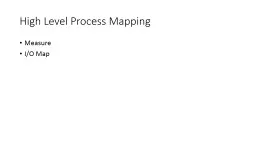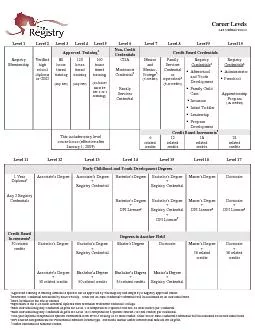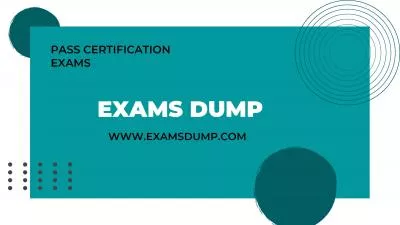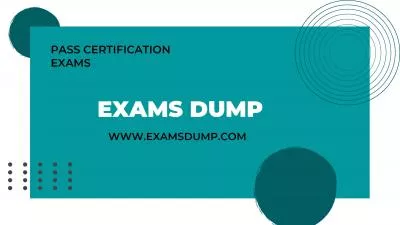PPT-High Level
Author : tatyana-admore | Published Date : 2017-12-04
Process Mapping Measure IO Map Objectives Describe major process steps of a project Develop a comprehensive list of inputs and outputs required for each step Classify
Presentation Embed Code
Download Presentation
Download Presentation The PPT/PDF document "High Level" is the property of its rightful owner. Permission is granted to download and print the materials on this website for personal, non-commercial use only, and to display it on your personal computer provided you do not modify the materials and that you retain all copyright notices contained in the materials. By downloading content from our website, you accept the terms of this agreement.
High Level: Transcript
Download Rules Of Document
"High Level"The content belongs to its owner. You may download and print it for personal use, without modification, and keep all copyright notices. By downloading, you agree to these terms.
Related Documents














